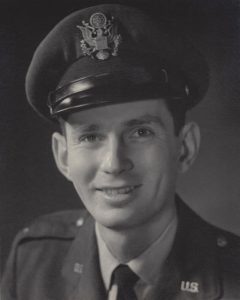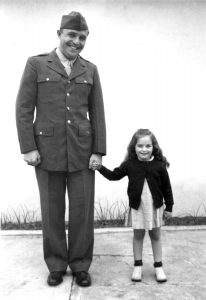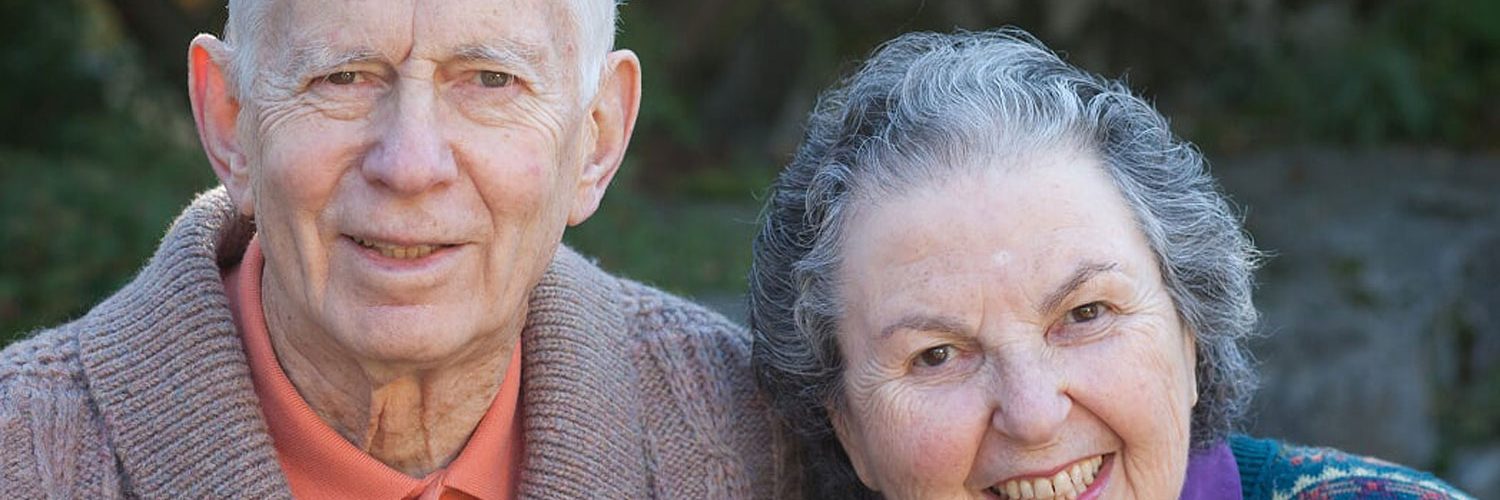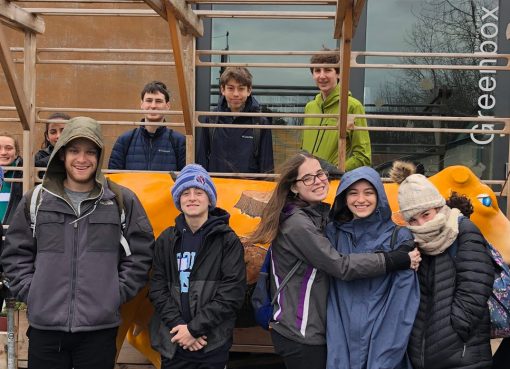
When Rabbi Jay Rosenbaum of Herzl-Ner Tamid Conservative Congregation in Mercer Island, Washington, asked on the Shabbat before Veterans Day for all veterans to stand and be recognized, a wave of pride—followed by deep introspection—fell over Korean War Air Force veteran Ellis Corets. As then-80-year-old Ellis soaked in the warm recognition, he couldn’t help but think of his fellow Jewish comrades who never returned home and whose legacies, all these years later, were in danger of being forgotten.
That’s when it hit him. Somehow, he needed to honor those who bravely sacrificed their lives. So Ellis hit the books and began what’s now been an eight-year journey of intense research and documentation of Jewish service members who were either killed in the line of duty or missing in action (M.I.A.) during World Wars I and II or M.I.A. in the Korean and Vietnam Wars. Each of the more than 3,650 Jewish service members collected so far share the distinction of being buried or memorialized overseas.
The American Jewish War Heroes Yahrzeit Program, as it’s now known, was conceived by Ellis as a way to catalogue fallen service member’s yahrzeit dates so that a name could be added to his synagogue’s yahrzeit list every week of the year. By calling out a war hero each week, their yahrzeits would be honored by those in attendance and memories would never be lost.
Serving as a silent partner from the beginning was Ellis’ wife, Roberta, who passed away in May 2011. “While attending weekly Shabbat services with my family and standing for Mourner’s Kaddish, it occurred to me that a synagogue is not only a place for learning, observance and assembly, but for remembrance as well,” Ellis says.
And remembrance is exactly what Ellis has strived for ever since. As timing would have it, the following spring Ellis crossed paths with Vietnam Navy veteran Robert “Bob” Shay on the day Roberta’s headstone was unveiled at Herzl Memorial Park. When the subject of Ellis’ project came up, Bob referred him to the website of American Battle Monuments Commission (ABMC)—the national organization that supervises America’s overseas military cemeteries, monuments and memorials. Bob also gave him a book in a series published by the National Jewish Welfare Board, which proved to be critical in Ellis’ endeavor.

After countless hours of research and cross-referencing more than half a million names listed in the series of NJWB books and cross-referencing them with the ABMC website, Ellis compiled a remarkable database of service members buried or memorialized at an ABMC location. This database lists the name, hometown, branch of service, rank, war decorations, cemetery location and date of death or M.I.A. on both the Hebrew and secular calendars. which Ellis manually converted for all 3,650 names. “On most nights, I wouldn’t sleep before 2 a.m. and without exception, I would never go to bed until I found and recorded at least one name to the database,” Ellis says.
“My dad has always pursued hobbies and intellectual stimulation, so it does not surprise me that he came up with this amazing idea and did all the legwork to make this happen,” adds Ellis’ daughter, Marilyn. “He was passionate about this project right from the start, and was motivated to get this implemented in the congregation.”
Ellis eventually went to Rabbi Rosenbaum and asked if the synagogue could implement the program on the Shabbat before Memorial Day, which was met with a resounding “yes.” “It’s so easy to get caught up in the news and problems of today,” says Rabbi Rosenbaum. “Every week, for a brief moment, remembering the yahrzeits of Jewish service members offers a deeper context we often take for granted.”
Using the Hebrew or secular calendar, the synagogue prepares its weekly yahrzeit list and includes a service member whose yahrzeit occurs the following week. Information Ellis gathered in the database is then read with a brief statement that the yahrzeit represents all service members killed in action or missing in action with yahrzeits that week. The positive reaction from the congregation was more than Ellis could have ever expected.
“On the day the program was introduced, a Bat Mitzvah was taking place. After the Bat Mitzvah, the girl’s grandparents, who were Holocaust survivors and were liberated by American and Canadian troops, approached us and expressed their gratitude to hear a Jewish American war hero included in the yahrzeit list,” Marilyn says. “They called my dad a ‘Mitzvah Hero’ for spearheading such a great initiative.”

Since being adopted at Herzl-Ner Tamid Conservative Congregation, a handful of other congregations around the country have started to use the database as well. For Ellis, the countless hours of data entry and sleepless nights put into this project are all worth it when his work strikes an emotional nerve with members of the Jewish community.
One such time involved synagogue member Greg Wagner, whose grandfather, Israel Cohen, was killed as a Prisoner of War in World War II because he was a Jew. “It was heartwarming and amazing when I heard my grandfather’s name mentioned in this capacity during a yahrzeit,” he says. “To hear his name, as well as a different soldier’s name each week, truly honors them and helps ensure they and their sacrifice are not lost to history.”
“When I look back at the program, it’s overwhelming,” says Ellis. “I get very emotional thinking about each name as a friend or brother. As I worked on it each night, I didn’t see the magnitude. The capacity of each of us is unlimited, even in one’s 80s, if we give ourselves a chance. Now that it’s largely complete, it’s time for new energy to step up for the care and maintenance of this sacred project.”
Ellis and his family invite all Jewish organizations to use The American Jewish War Heroes Yahrzeit Program. The data, program guide, photos, audio files and more can be found here. For more information or to get involved in the program, contact Ellis at [email protected].
Military Veteran Rabbi Barry Leff Finds Meaning in American Jewish War Heroes Yahrzeit Program
“When I came to Herzl-Ner Tamid and learned about the American Jewish War Heroes Yahrzeit Program, I was touched and pleased,” said Interim Rabbi Barry Leff (also known as Rav Barry). “As a Vietnam-era veteran myself, I know a lot of people don’t associate Jews with military service, at least not outside of Israel. I think it’s wonderful that we have a way to remember and acknowledge the Jewish soldiers, sailors and airmen who gave their lives in the defense of America. It’s an important project, and I’m very glad that Ellis took this upon himself. It deserves to be much more widely known and used.”








Comment here